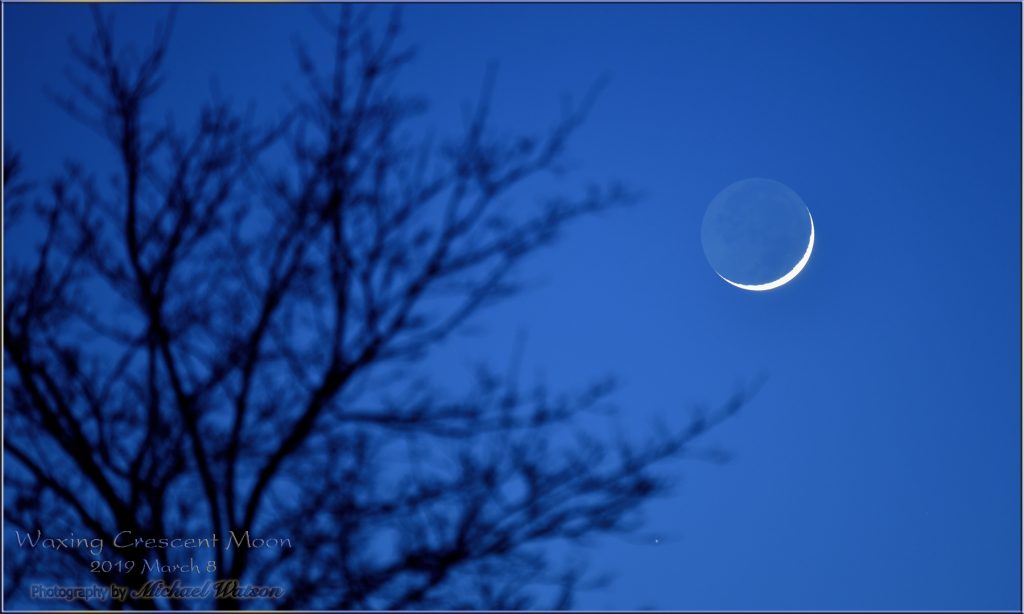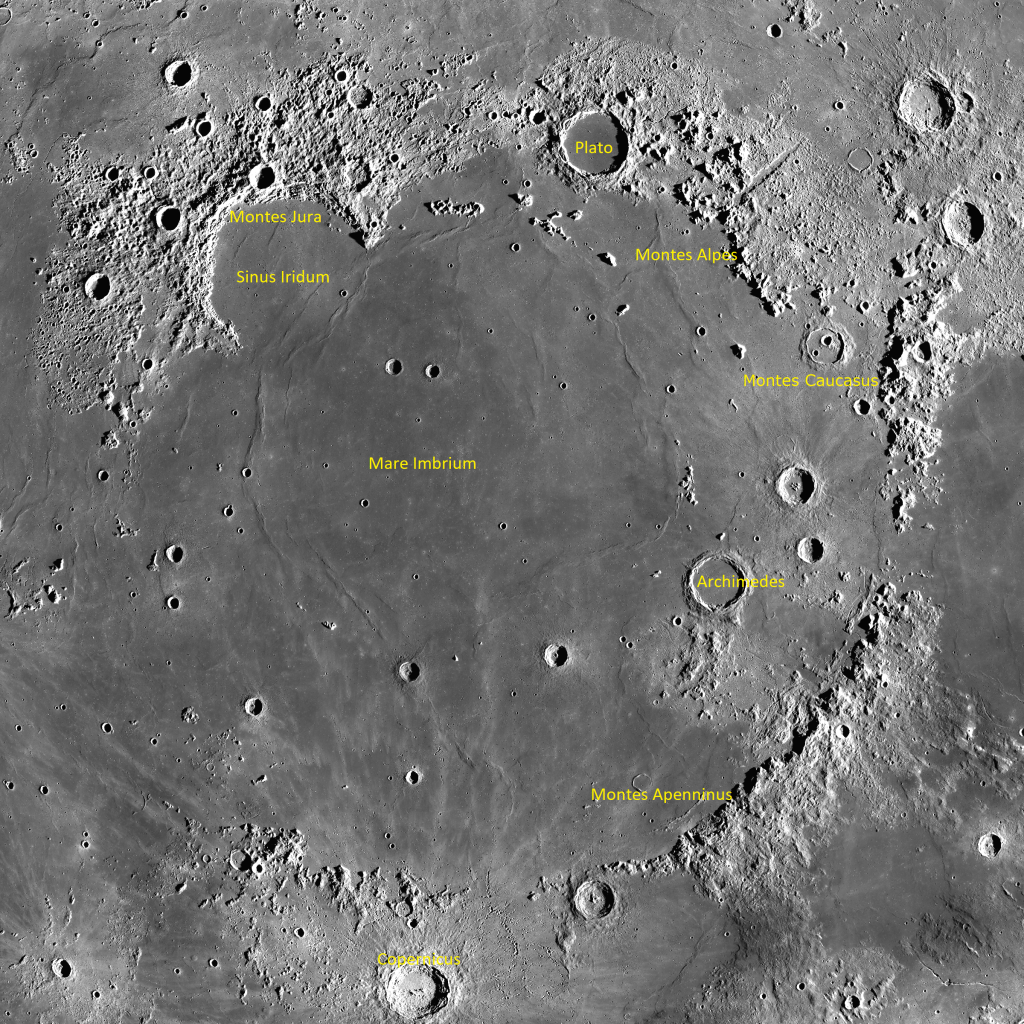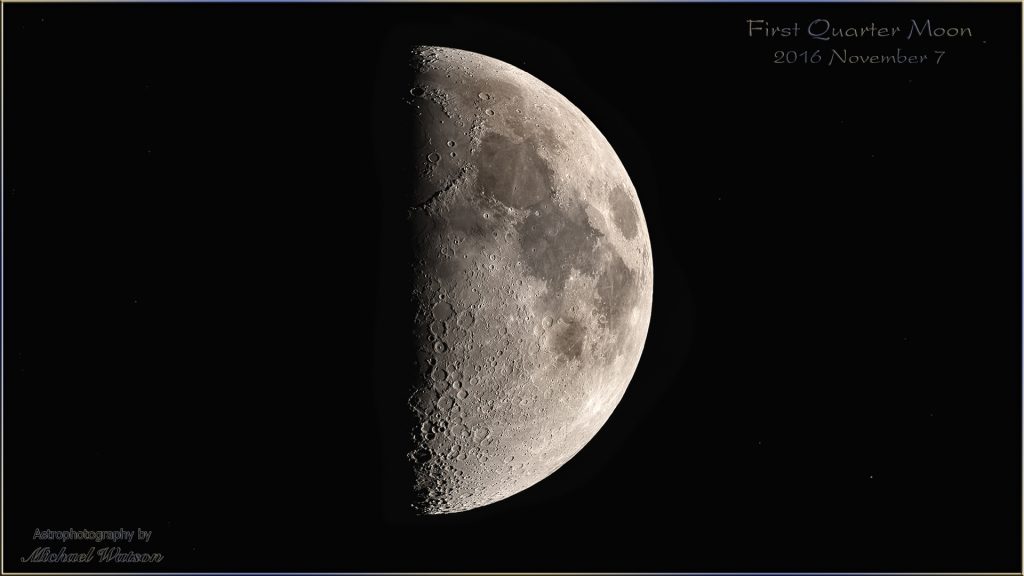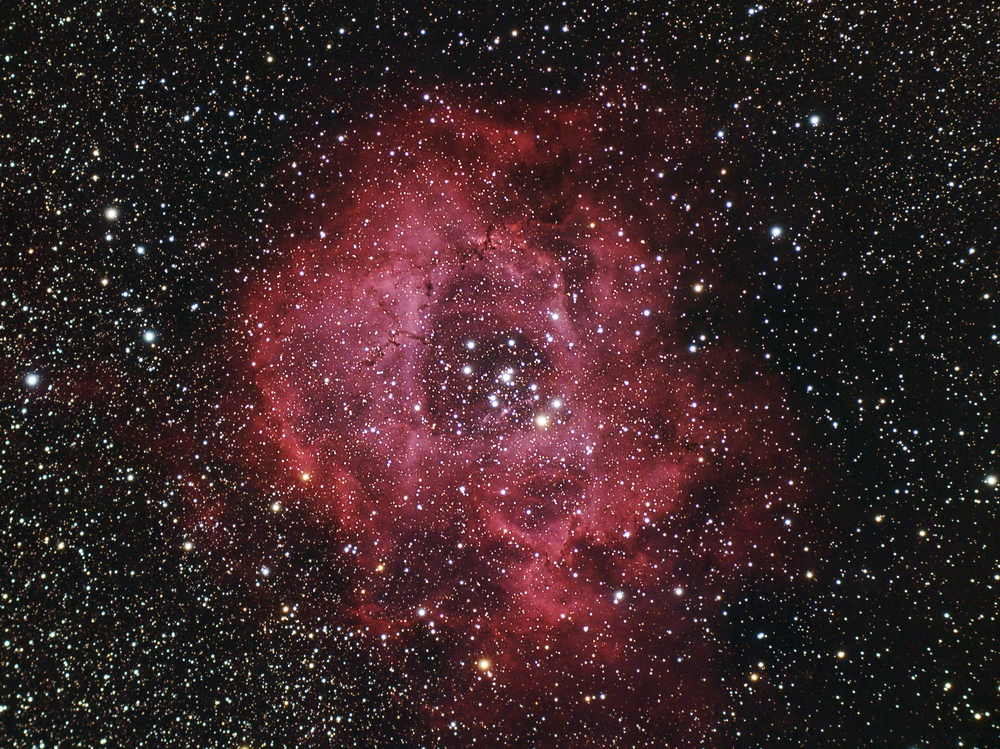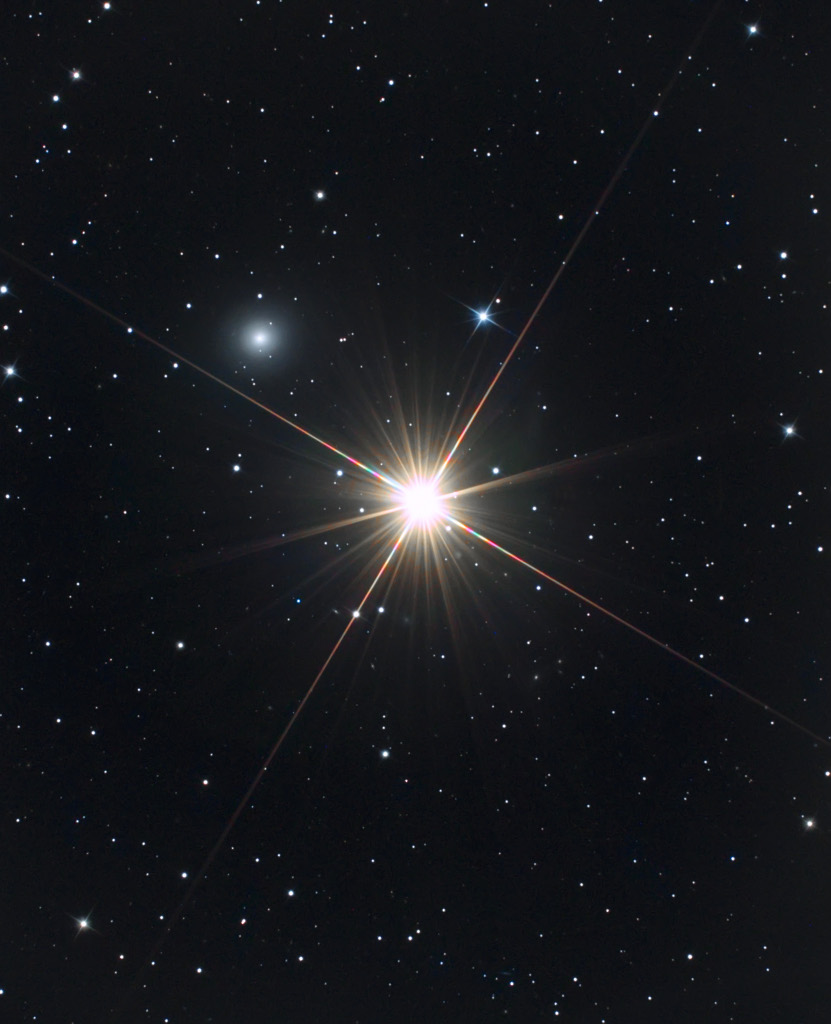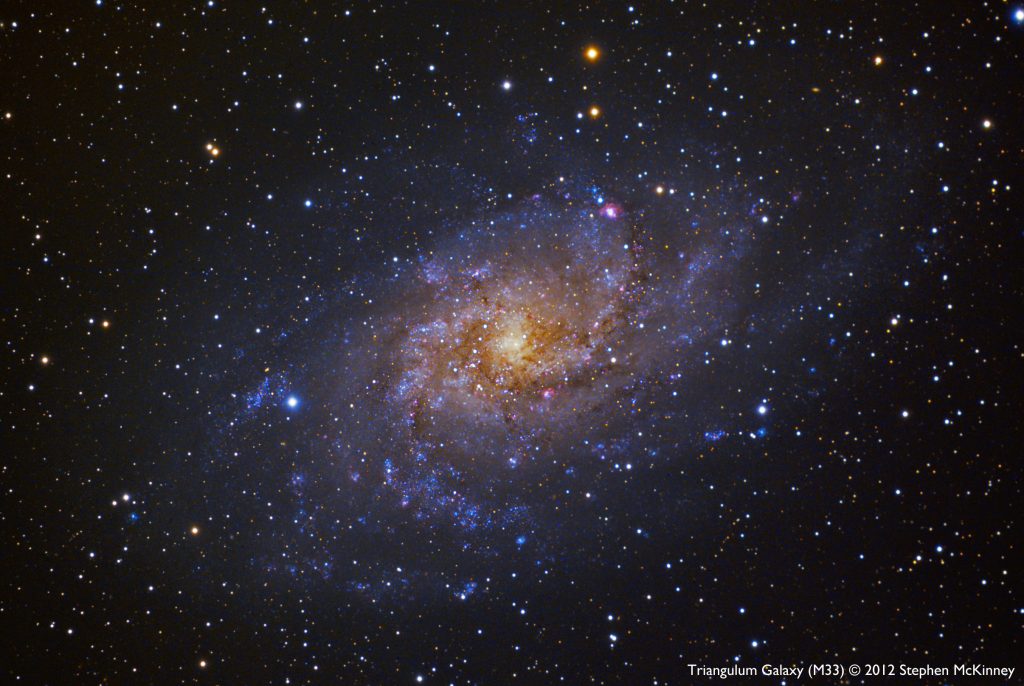Eyeing Auriga, Morning Moon Moves over Antares, Splaining Seeing, and Promoting Planet-Views!
Earthshine on the young crescent moon, captured by Michael watson on March 8, 2019. You can view more of Michael’s images on his Flickr page. Hello, Winter Stargazers! Here are your Astronomy Skylights for the week of January 7th, 2024 by Chris Vaughan. Feel free to pass this along to your friends and send me…
Read more
